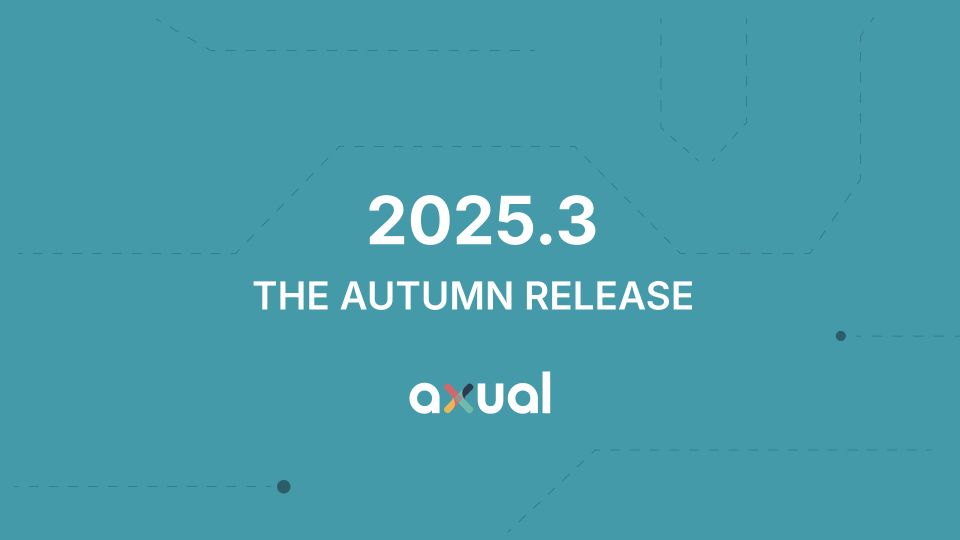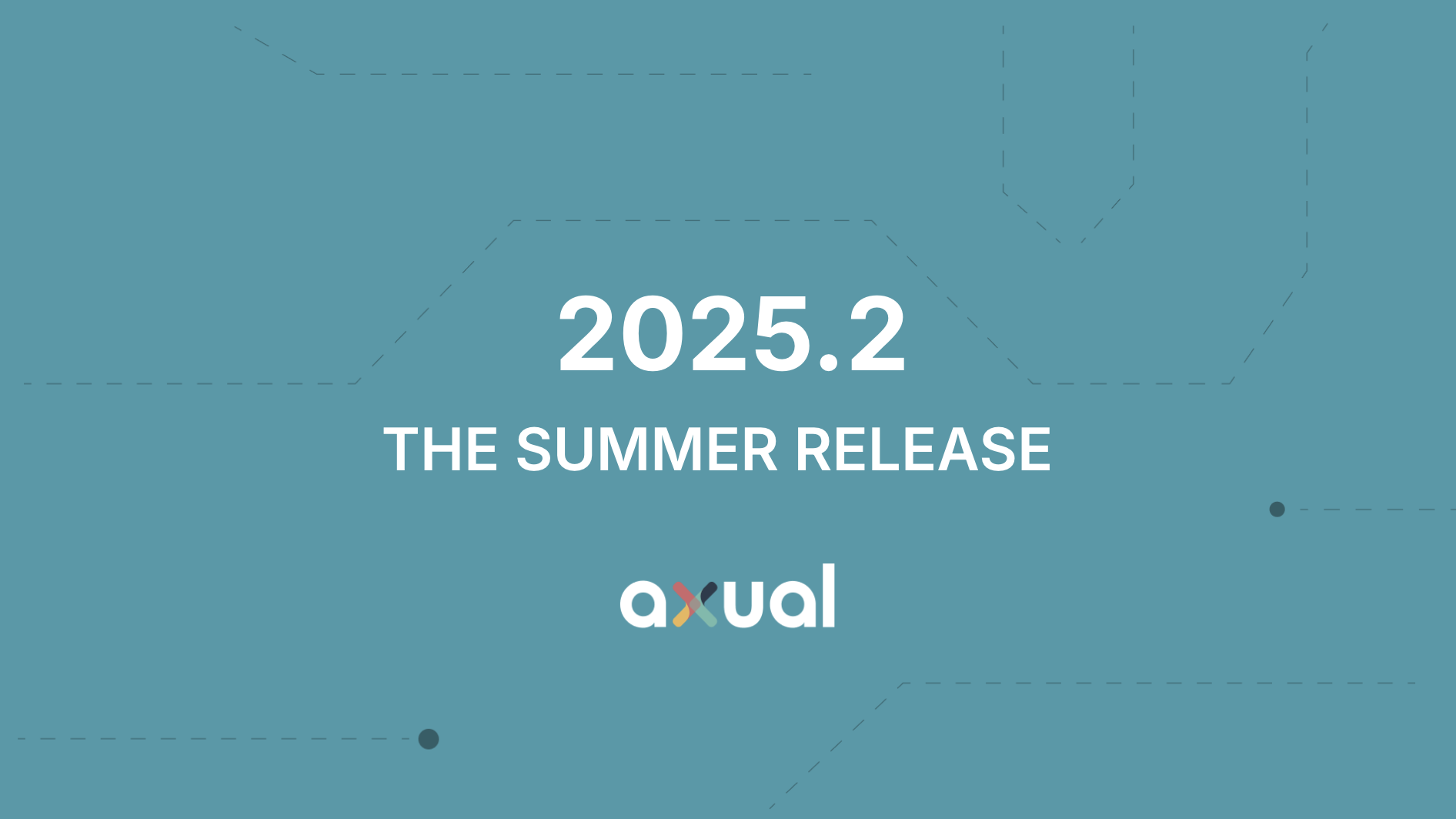Governing Your Data: The Kafka Compliance Checklist
So you’ve architected a new streaming platform. It has quickly become the ‘central nervous system’ of your company. A couple of teams have already started working with Kafka and they’re continuously adding new real-time streaming use cases.

On this page
So you’ve architected a new streaming platform. It has quickly become the ‘central nervous system’ of your company. A couple of teams have already started working with Kafka and they’re continuously adding new real-time streaming use cases.
Your teams are excited to be streaming the data they need in real time. Everyone is happy. Then, one night, you wake up in a panic. You forgot something…
“How do I make sure it all stays compliant?”
We get it. Making sure Kafka remains compliant can be a real nightmare. Topics. Clusters. Schemas. Producers. Consumers. Authentication. Authorization. Sensitive information. The list goes on and on.
The good news is: You’re not alone in this challenge. And we can help you get a good night’s rest. We created the Kafka Compliance Checklist to give an overview of the things you need to think about and help streamline your internal processes.
1. KNOW YOUR TOPICS
Which topics exist on your Kafka clusters?
Identifying a topic by name alone can be hard, especially if you haven’t standardized topic naming. Including descriptive data on your topics, topic metadata, is extremely helpful. Imagine you’re building a new use case that requires a Kafka topic. That topic might already exist. Even better: If you know which contract or schema is used for the topic, you can be up-to-speed even quicker.
2. KNOW YOUR OWNERS
Which applications are producing to and consuming from your topics?
To get an overview of who is interacting with Kafka topics, it’s important to identify producers and consumers. Who maintains these applications? How can you contact them? If you have a major incident in one of your producing applications, getting in touch with the owner will help you assess the impact for consumers downstream.
3. SECURE YOUR PLATFORM
Are you allowing secure connections only?
Don’t trust any network — including your own. Your topics may hold sensitive information. You don’t want this ending up in the wrong hands. Configuring secure listeners on your Kafka platform helps you monitor and control who reads from and writes to your topics.
4. AUTHORIZE & AUTHENTICATE
How have you secured your Kafka platform?
There are a number of useful questions to ask here. Are you authenticating all client connections? Is every application authorized to access all topics by default? Or are you authorizing only as required? If so, what are your criteria for authorization? And who is responsible for approvals: your central ‘stream team’ or the owners of the data? How about creating topics? Do you allow producers to create new topics yet?
5. KNOW WHAT’S HAPPENING
Do you have an overview of changes on your platform?
If you zoom in on a Kafka platform, changes are made on a daily basis.Topics are created. Topics are configured. Authorizations are modified. These may seem like small changes, but they can have a big impact on compliance. Are you auditing changes as they happen, so you don’t have to play the detective later?
DATA GOVERNANCE AT SCALE WITH AXUAL
That’s it! We hope this Kafka Compliance Checklist helps you organize your approach to compliance.
What organizations need is a structure of data governance that allows for secure, controlled access for Kafka topic administration — without losing essential business agility. That’s where Axual comes in. If you would like to learn how Axual’s all-in-one Kafka platform helps to keep development teams productive while staying secure and compliant, feel free to request a free demo or 14-day trial.
And, of course, we’re here to help with any questions you have regarding Kafka and data governance. We would love to share our experiences. Feel free to get in touch anytime.
Answers to your questions about Axual’s All-in-one Kafka Platform
Are you curious about our All-in-one Kafka platform? Dive into our FAQs
for all the details you need, and find the answers to your burning questions.
Ensuring compliance on your Apache Kafka streaming platform involves several key steps. Start by identifying and documenting all Kafka topics, including their metadata and schemas. This helps you understand existing data flows and prevents duplicate topic creation. Next, establish clear ownership by identifying which applications produce and consume data from these topics, allowing for quick communication during incidents. Implement secure connections to protect sensitive information and ensure all client connections are authenticated and authorized according to need. You should regularly audit changes to your Kafka platform to maintain oversight of topic configurations and permissions. Following these guidelines will help you streamline compliance processes and reduce non-compliance risk.
Related blogs

Axual 2025.3 release introduces KSML 1.1 integration for automated stream processing deployment, group-based resource filtering for multi-team governance, and experimental MCP Server for AI-driven platform operations. Includes JSON schema support, Protobuf processing (beta), and enhanced audit tracking for enterprise Kafka implementations.

The Axual 2025.2 summer release delivers targeted improvements for enterprise-grade Kafka deployments. In this post, we walk through the latest updates—from enhanced audit tracking and OAuth support in the REST Proxy to smarter stream processing controls in KSML. These features are designed to solve the real-world governance, security, and operational challenges enterprises face when scaling Kafka across teams and systems.

Axual 2025.1 is here with exciting new features and updates. Whether you're strengthening security, improving observability, or bridging old legacy systems with modern event systems, like Kafka, Axual 2025.1 is built to keep you, your fellow developers, and engineers ahead of the game.
